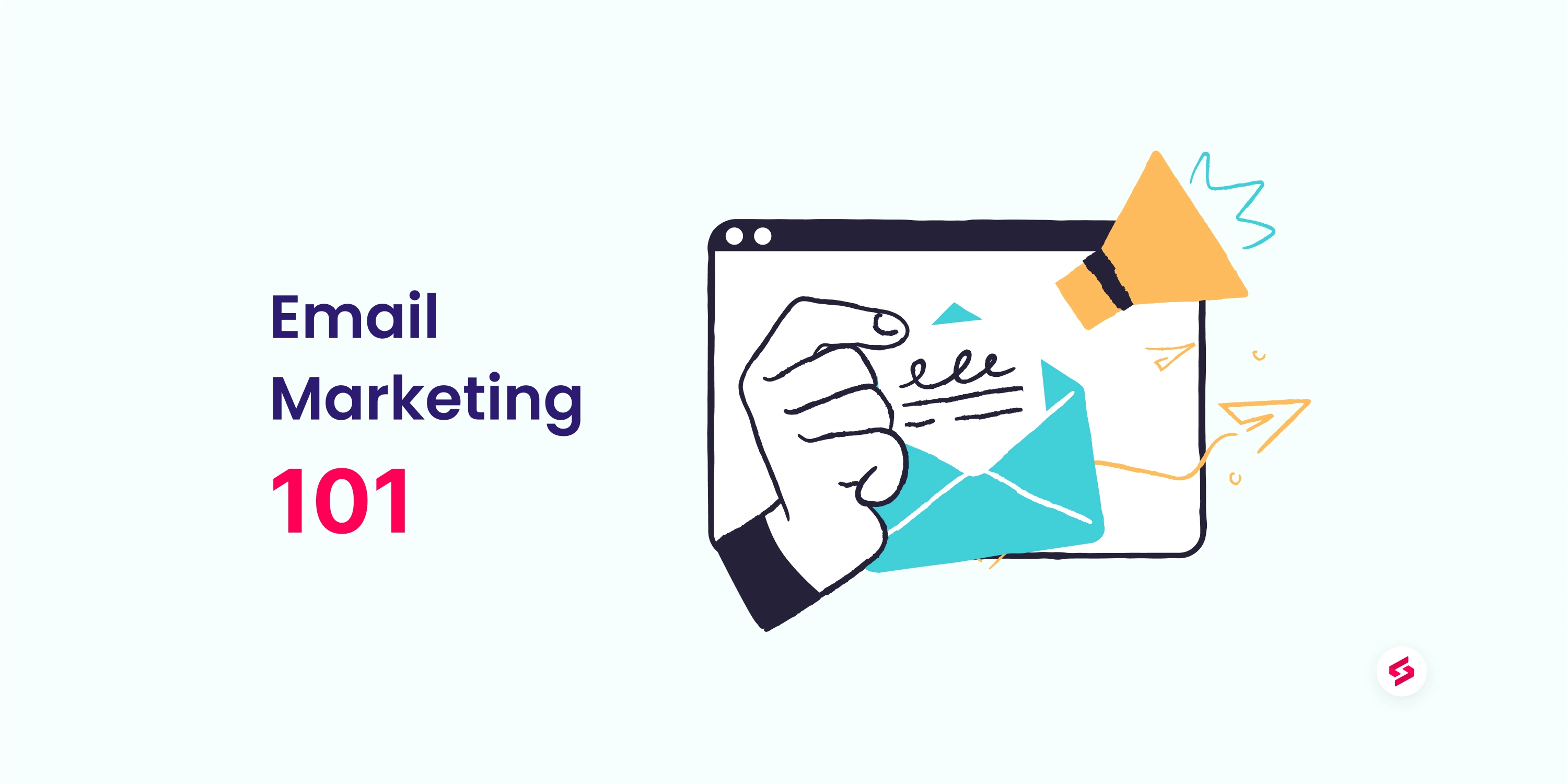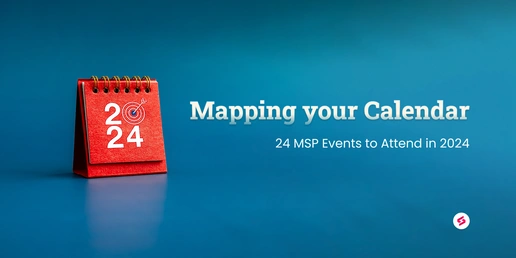Connect with your prospects and customers effectively by following these basics of email marketing.
For MSPs who are dependent on word of mouth, email is one of the key channels to generate leads.
The main question that most MSPs have these days is, should I do email marketing in-house or outsource it to an agency?
Well, for most MSPs, time is a scarce resource. So outsourcing email marketing efforts can be worthwhile. But, this approach is not scalable. An agency will never know your target audience as much as you do. They cannot relate to your business emotions as much as you do. And, you’re not alone in this process.
Almost 40% of the MSPs feel that sales and marketing are their key pain points. Most of the solo MSPs and new MSPs wear multiple hats on the sales and marketing fronts and they only do it when they have the time, which makes the whole process really challenging.
But, setting up an email process need not be challenging. In this blog, I’ve covered the basics of creating and sending marketing emails. Emails are your company’s vision and mission put in words to connect with a potential customer. Many aspects of emails can be automated, with the right tools and the right workflows.
1. Choosing the right tools matter
First up, start with the tools you use. Listed below are some email marketing tools that can make your life incredibly easier.
- CRM tools
- Lead prospecting tools
- Email verification tools
- Appointment scheduling tools
CRM tools
Why is a customer relationship management (CRM) tool Important?
Your PSA might have features for email automation, and it may be useful for messaging clients. But scheduling bulk emails, tracking replies, and segmenting the leads based on responses will be much more effective if you use a CRM or an email automation platform.
Google sheets/Excel is good if you are not familiar with CRMs. Google sheets are free to use and require manual entries to keep track of the activities. But, I would advise you to channel all your marketing and sales efforts with a CRM. 29% of companies report an increase in sales after using a CRM, and 34% said their team was more productive. CRM saves you the time you spend on updating manual records and saves you a lot of time re-inventing the wheel.
There are 100+ CRMs in the market at this point. So choosing the right CRM that adds value for you is essential. CRMs that work for your fellow MSPs might not work for you. Evaluate the tools by the pain points you have and the amount of time you need to save.
Here are my top CRM recommendations…
If you have planned drip campaigns and have a specific budget allocated for CRM systems, go for HubSpot/Salesforce. If you’re an MSP starting out, Pipedrive is the cheapest CRM to start with, having almost all the features that MSPs need for their sales and marketing. MSPs without any CRM experience can pick this up easily thanks to its interactive UI.
HubSpot CRM is an effective and easy-to-integrate tool that suits all types of sales and marketing emails but it is also the most expensive CRM. HubSpot’s content marketing strategy is versatile and can be applied to all types of industries. Targeted campaigns can be effectively planned using its content marketing strategy templates. However, for MSPs starting out right now, HubSpot can be a bit expensive to consider.
For MSPs starting out, if you’re not planning on having a CRM any sooner, you might check out the tools which can be a part of your outreach campaigns. Various tools can help you achieve this. Also, since the prime method of communication with the tribe is through email, I recommend that you have a good emailing tool in place.
Sendy is a good option if you want to reach a wider audience, with in-built tracking tools through Amazon SES. This makes it possible for you to send authenticated bulk emails at an insanely low price without sacrificing deliverability.
Here are some parameters to have in your CRM framework.
- Name
- Organization
- Email ID
- Contact number
- The date on which the last email was sent
- Contact stage (Prospect, Lead, Subscriber, Customer)
- Lead source (Webinar, Events, Inbound, Outbound)
- Lead source (New, Contact Attempted, Responded, Converted)
- LinkedIn profile
Lead prospecting tools
Building a killer emailing list is essential for any business. Lead scraping tools help you save a lot of time in building a list. With so many tools out there in the market, it would be hard for you to evaluate every tool and arrive at the right one that fits your needs. Lead scraping tools help you find your prospects on the internet with keyword searches. They also help you with detailed information on the services they offer, revenue, funding, year founded, leadership team, and more.
As a marketer, I always compare the tools that I use to everyday things in life. I categorized scraping tools as small-cap tools, mid-cap tools, and large-cap tools. The differentiation is from the feature and the pricing fronts.
Kendo is one of the best small-cap tools. Kendo is simple and easy to use. Using Kendo’s Chrome extension, you can scrape all necessary details from a potential customer’s LinkedIn profile.
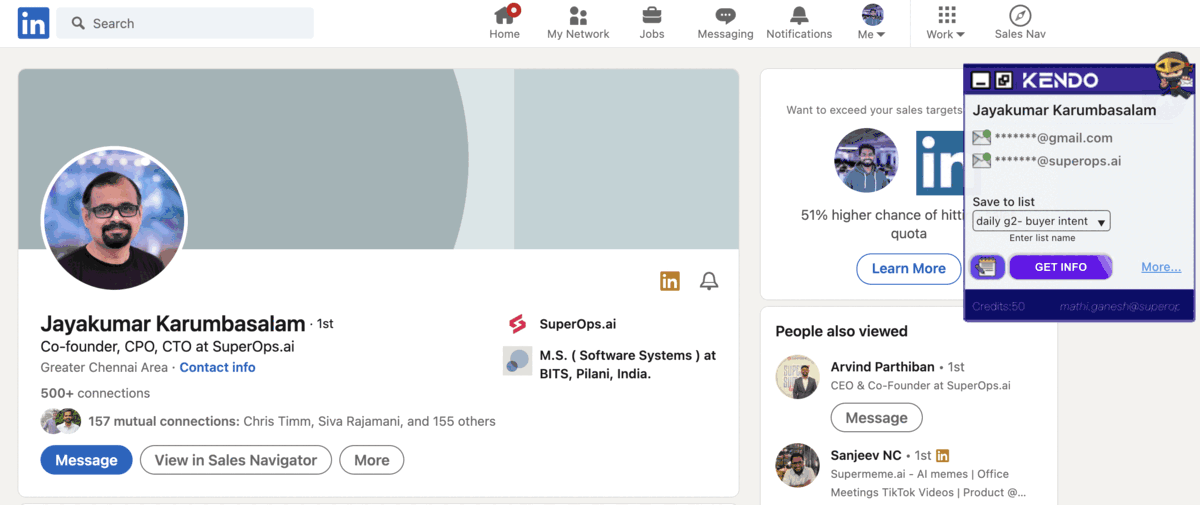
Lusha is one of the notable mid-cap tools. I’m a huge fan of Lusha’s marketing content and its unique short videos. Lusha as a tool is easy to use. The email quality is higher in Lusha than in most other tools out there. Also, the bounce rate from Lusha’s emails is slightly lower compared to other tools.
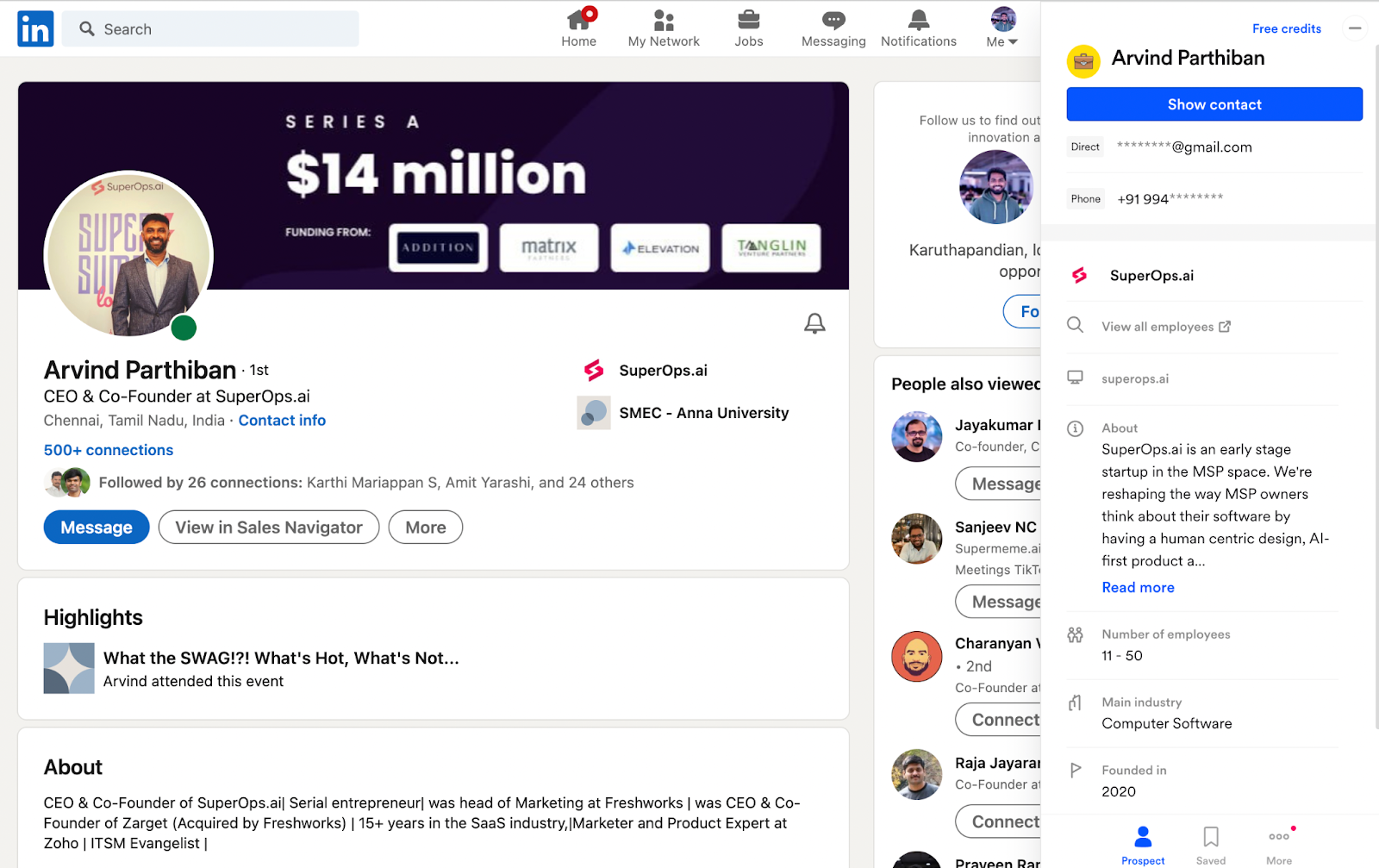
Install the Lusha extension and start scrapping contact details with it.
Email Verification tool
Step 1: Run email addresses through NeverBounce, Clearout, or similar validation tools.
Step 2: Extract the catch-all/unverified emails and send a “test email” from Gmail.
Step 3: Separate all the “Verified Emails” lists and upload them to your email automation tool or CRM.
Never send cold emails without verification. If you get more than a 10% bounce rate consistently, then the chance of getting your domain blocked is high.
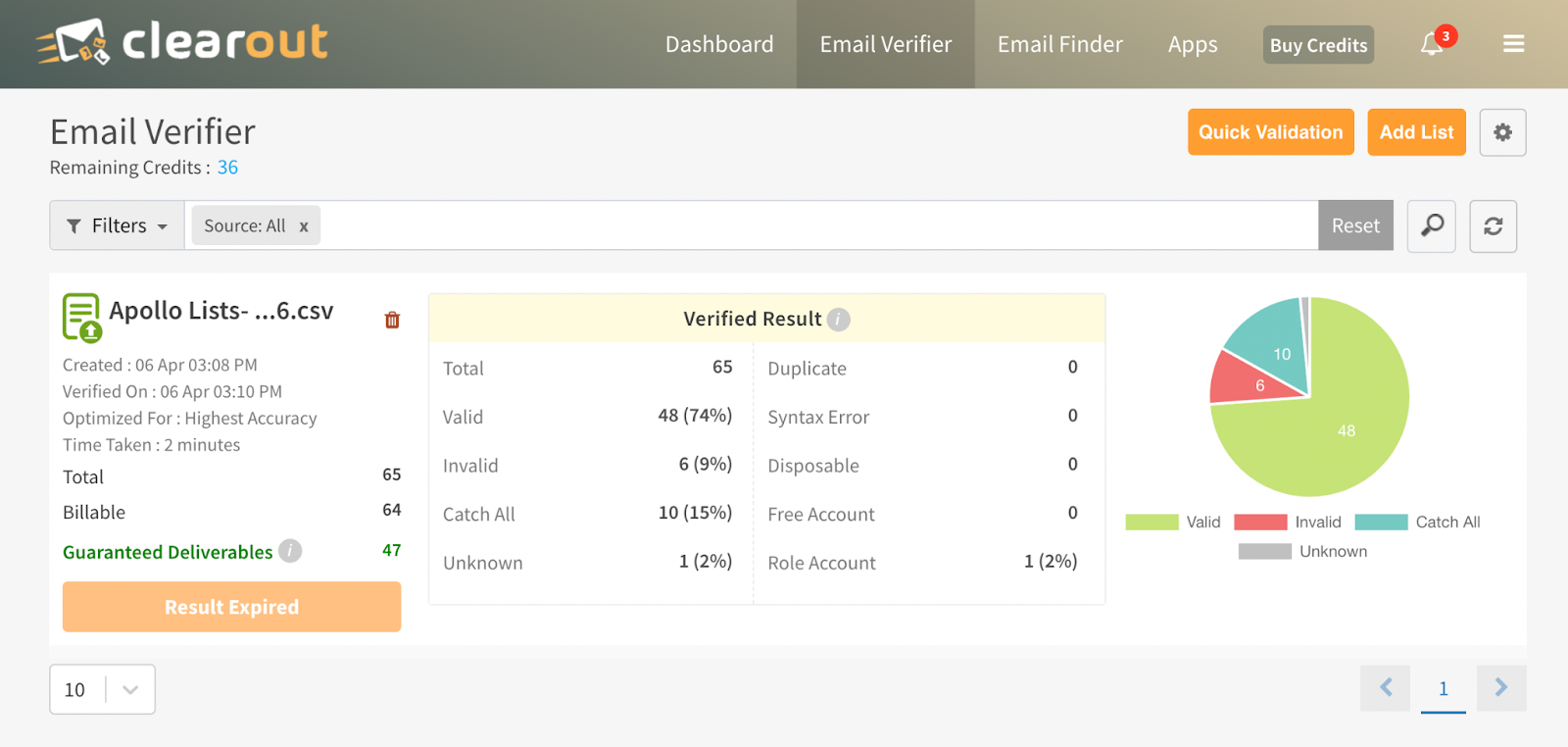
Appointment scheduling tool
It is necessary to include a “call to action” in your prospecting emails. Adding your Calendly link will help your prospects schedule a meeting with you easily. You can have different meeting links for different meeting types (New prospects, support appointments, etc) and everything is synced with your Google Calendar so that you never miss a call, regardless of time zones.
Once you have the scraped details, export them to your email marketing platform. While uploading, be sure to tag them (type of lead, source of the lead, lifecycle stage of the lead) as you upload. This helps you to segment the leads while launching your nurturing campaigns.
As the experts say, most of the time, marketing emails are perceived as spam. There is a thin line between prospecting and spamming. So, double-check while you build a reach-out list and schedule your email frequencies. Don’t send too many emails to the same pool too frequently.
For years, we believed that after sending a bulk email campaign all we needed to do was to sit tight and watch the sales funnel collapse under the avalanche of replies. But do you know that you only get replies after 5-7 follow-up emails? Yes, following up is key in prospecting. And, NEVER take no for an answer.
Also, consider these factors while sending your emails - email timing, need, and business objectives. All of them play a factor in the open rates and responses you get.
2. Experiment with different email types
The purpose of the email should influence the content, tone, and other details of the email. Here are a few types of emails that you should master:
Welcome emails: Sending a welcome email on services you provide, resources, and evaluation templates that add value to your customers or prospects.
Nurturing (or follow-up) emails: Follow up with new contacts that have recently signed up on your website or enquired about your services. Segment them as “Warm”, “Hot”, and “Very Hot” leads while following up. Create a sequential plan of action for reaching out to these leads.
Newsletters: Newsletters are meant to be sharing news and updates but you can also use them to your advantage by building a bridge between your MSP and their business. Send industry best practices, updates they can expect in the upcoming months, and any other content they can use.
Blog emails: Blog emails help you bridge the gap between your brand and your loyal customers who love updates from your brand.
Referral emails: As most of the new MSPs generate new leads through word-of-mouth marketing, it is necessary to have at least one referral campaign every month in your funnel. Focus on asking referrals genuinely and be transparent about why they should refer you to others.
3. Focus on copy
In simple terms, there are only two types of emails in the world. First, the branded, impersonal, and robotic version, and then there are personal emails written by another human. Try your best to be the latter, as the chances of creating an impact are greater.
I have a quick hack for you to follow.
Follow the 3Ps of email strategy- Persistence, Patience, and Personalization.
Make the subject lines actionable and communicate the email purpose through your subject line. The subject line is your best shot at creating a good first impression on readers. Without a great subject line, it doesn’t matter how good your content is because the chances they will read the email is very low.
- Personalize the email introduction as much as you can, and not just the first name and the company name. Personalization is key to success in email marketing. Make your emails speak.
- Show them not only what you offer, but also how it can improve their lives and add value.
- Add social proofs in your cold emails for credibility.
4. Create an email sequence that converts
Email marketing can go wrong when you set unrealistic or vague objectives. Is it going to be a pitch email, introduction email, or offer email?
If your objectives revolve around the number of signups per month, create a CTA that involves scheduling a call with you.
Draft four follow-up emails with a frequency of three working days. Track your emails consistently after every campaign and try tweaking up the content for those who interact with your email, using metrics like email opens and links clicked.
A typical cold email campaign looks like this:
Day 1: Email 1: Get in touch with them. Introduce you and your company, what value you add to your customers, why they should reply to you, and add a CTA that is scheduling a call with you.
Day 3: Email 2: Send a follow-up email. Send a two-liner follow-up email in the same thread as Email 1.
Day 4: Try and reach them over call. If they connect, don’t pitch! Try to understand their business like their current toolsets and processes. Explain how you know them, how you can add value, and schedule a brief call.
*Continue this sequence if they’re not available on call
Day 7: Email 3: (If unsuccessful on-call): Send an email with the "<First Name>, Trying to Connect" subject line and follow up.
Day 9: Try a follow-up call and follow step 3.
Day 10: Close the file if they did not reply to your email and try reaching out in the next quarter. Try the subject line - "Permission to close your file?”
Win with email marketing
Email is a powerful marketing tool that, when used to its full potential, can work wonders for your bottom line.
Follow the best practices, and don’t forget to get creative.

